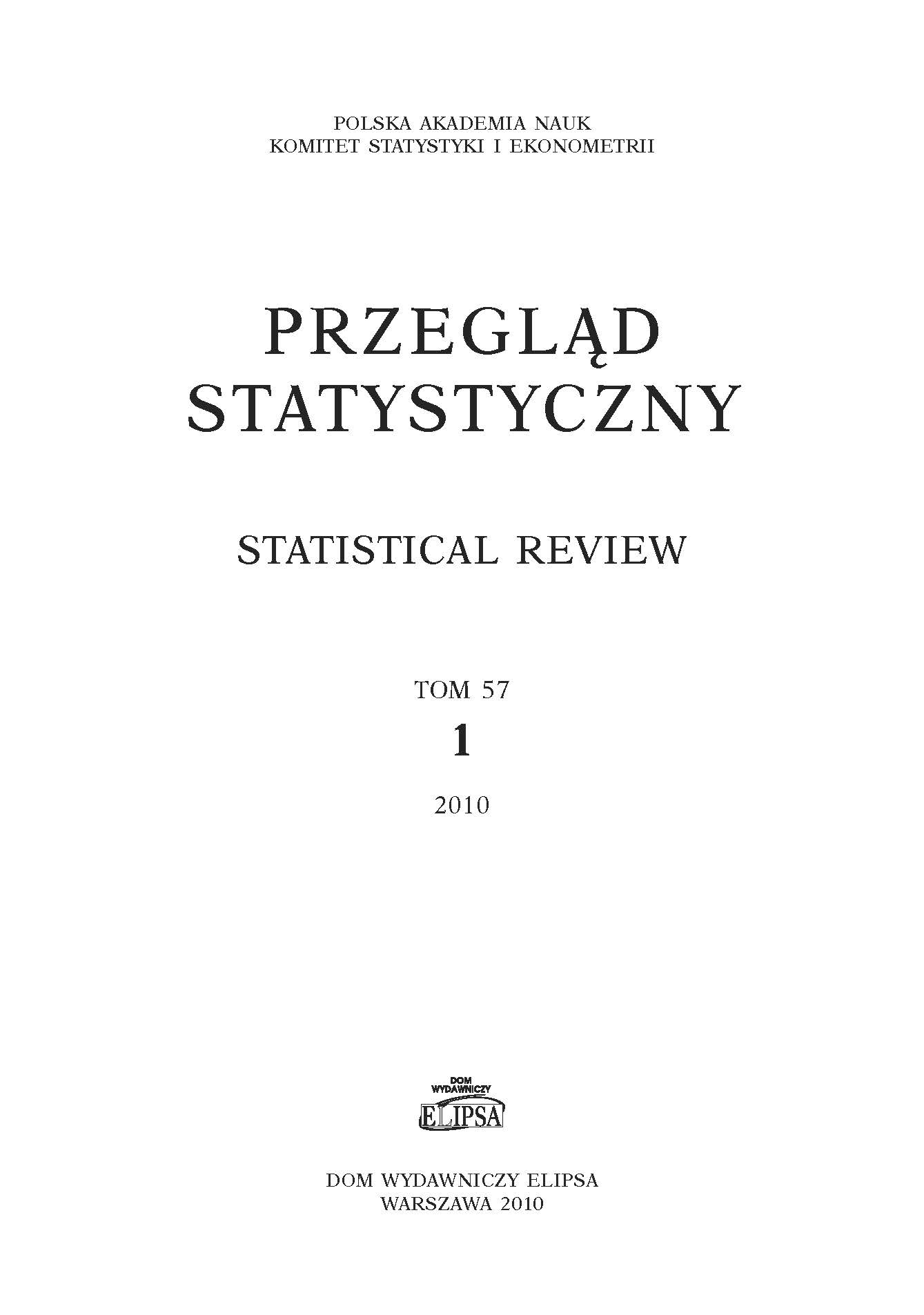
We kindly inform you that, as long as the subject affiliation of our 300.000+ articles is in progress, you might get unsufficient or no results on your third level or second level search. In this case, please broaden your search criteria.

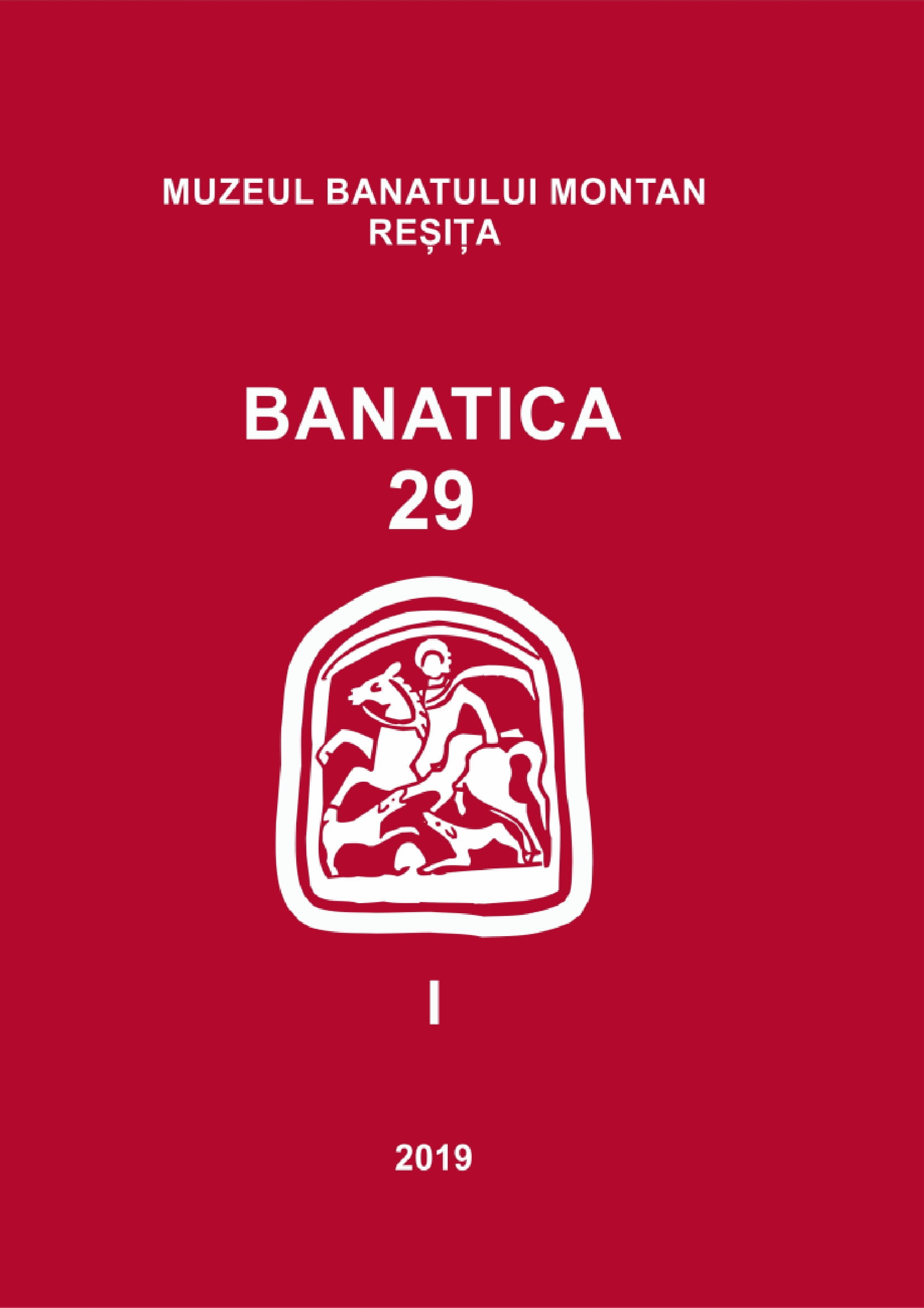
One of the most interesting objects of the 2018 systematic research campaign is a musical instrument (?) made from a fossil valve belonging to the Ostreidae family (Rafinesque, 1815). This seems to belong to the Petrești culture.
More...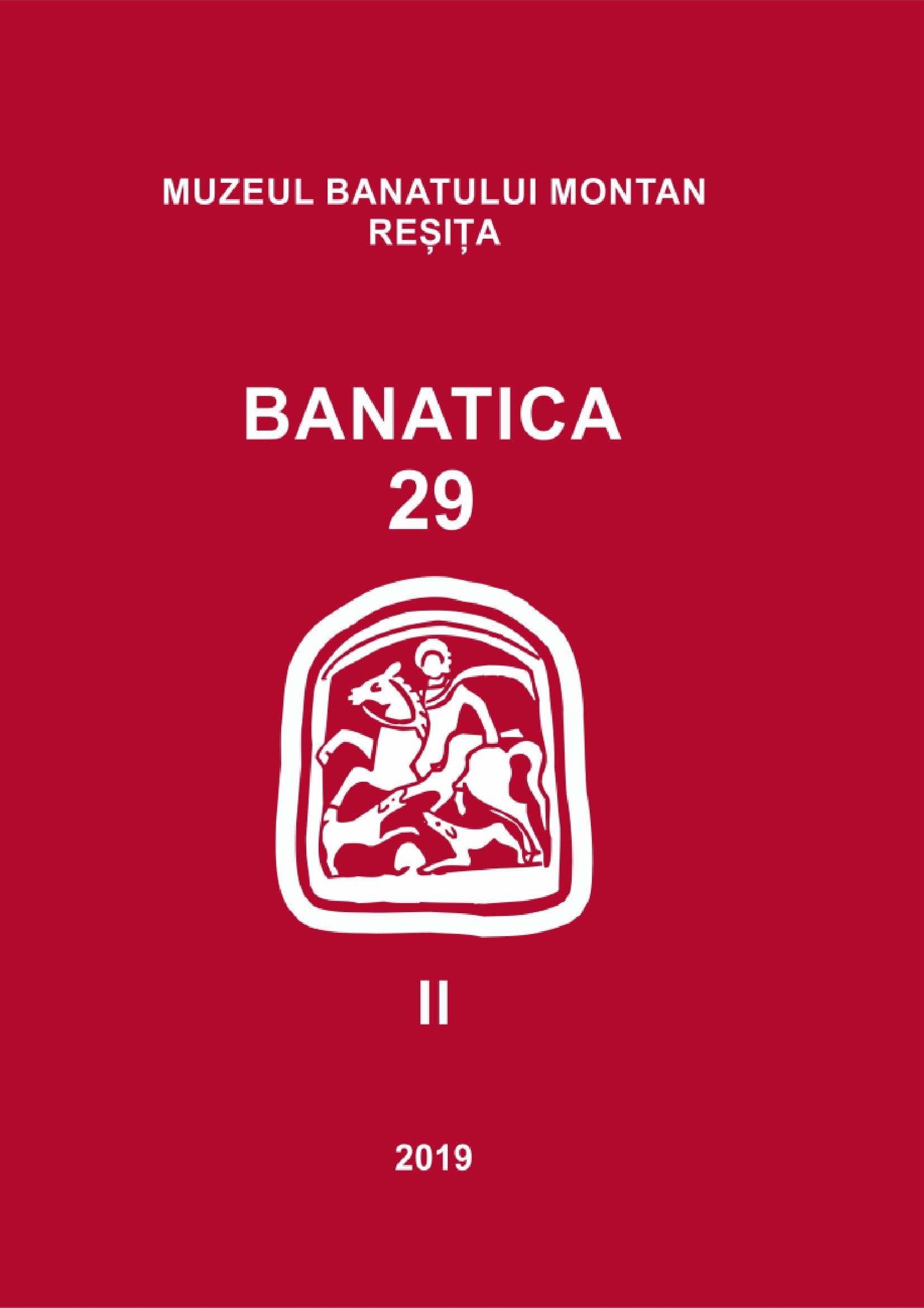
The research has sought to underline some theoretical concerns of the Baroque art that represented an important and recurrent part of Europe's sensibility, integrating the man into the transcendental universe much more accessible in times of uncertainties as were the 1700s in Habsburg province of the Banat. Thematic approaches of the provincial Baroque sculpture are regarded as tendencies of evolution in the art of the Banat, designed to stimulate and express religious devotions, having didactic values, required in order to instruct throughout image and gesture. It is well known that similar themes and types of representations realized in different contexts may express different ideas. Different connotations for similar themes that express opposing ideas, were designed to inculcate Christian values in the area designated as a corridor of civilization, that of the imperial eighteenth century province of the Banat. Also we follow the formation of a local artistic discourse in the visual rhetoric of the artistic movement known as Late Baroque, in an historical context which underlines the European affiliation of the style.
More...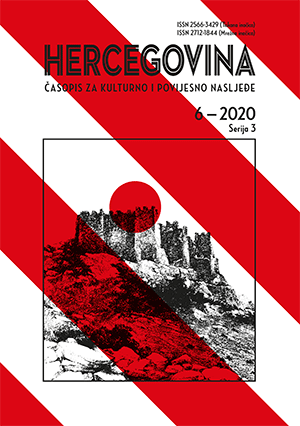
The article will show that proverbs were often applied as inevitable means of expression in the older journalist-publicist functional style and its different classes (news, review, comment, feuilleton, etc.) used at the turn of the 19th and 20th century. A part of not only oral folklore of one time slot, but also particularities of the contemporaneous journalist-publicist functional style which preserves cultural, language and communication heritage of one nation, were documented through their abundance in the publications of that time. Herzegovinian Croatian periodicals at the turn of the 19th and 20th century are abundant with paremiological materials of domestic and foreign origin. Appearance of proverbs in the journalist-publicist functional style of that time is also reflected in the importance of its usage for both the authors of the texts and their readers because it represents the expression of belief, value and norm connected to culture and relevant social values. Croatian proverb in the first Herzegovinian periodical in Croatian language follows the well-established tradition of collecting and continuous publishing of the older Croatian paremiological heritage with the purpose of improvement and care of Croatian language, literature and culture. Structurally, proverb of the Croatian publicly written word at the turn of the 19th and 20th century satisfies all paremiological features, and paremiological forms of the foreign origin are shown by the languages in that time most often used in the public Herzegovinian and wider space.
More...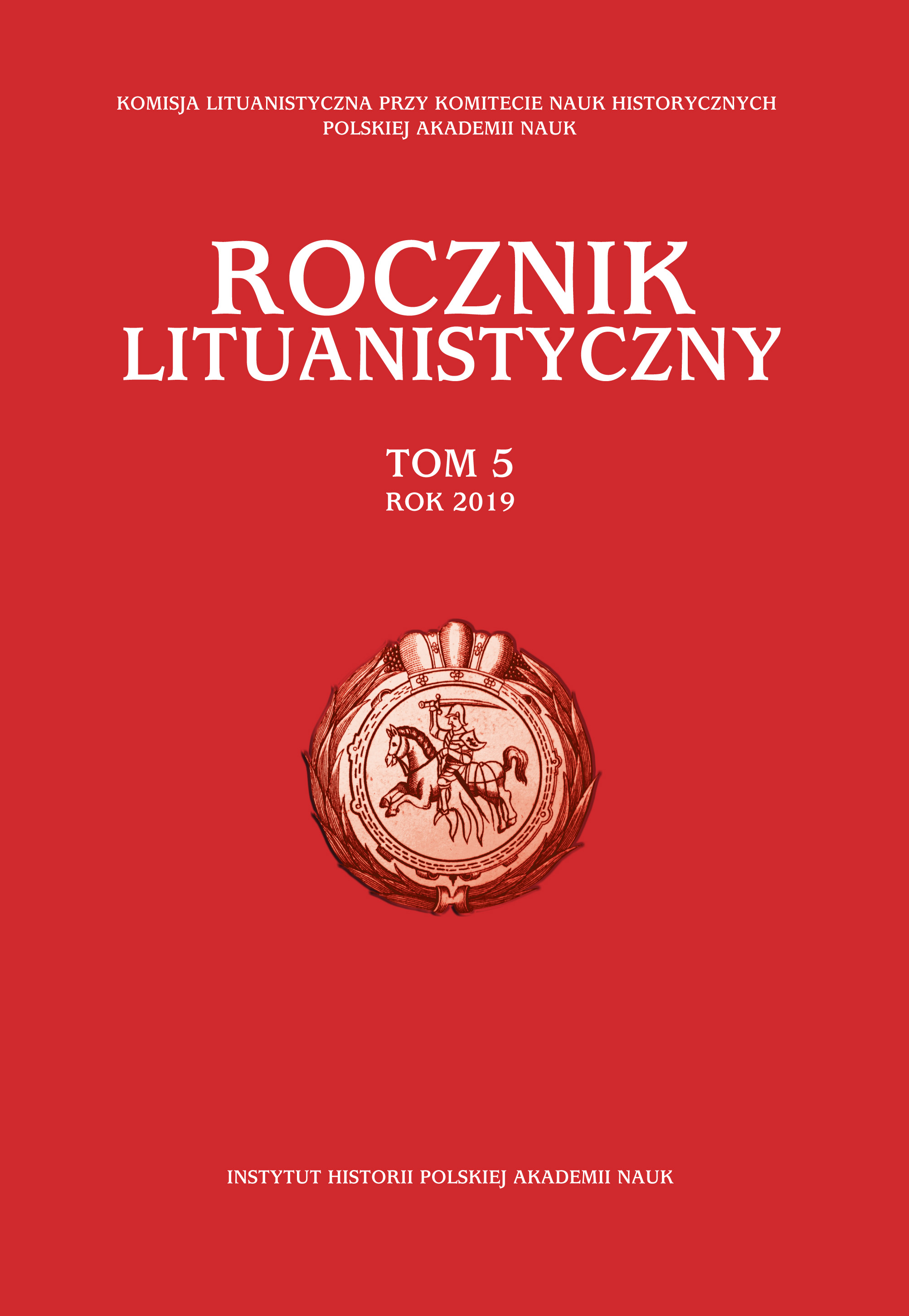
Book-Review: Raimonda Ragauskienė, Mirties nugalėti nepavyko. Biržų ir Dubingių kunigaikščių Radvilų biologinė istorija (XV a. pabaiga – XVII a.), Lietuvos edukologijos universiteto leidykla, Vilnius 2017, s. 735, il., tab., streszcz. w jęz. ang., ISBN 9786094711145. Reviewed by Henryk Wisner.
More...
Book-Review: Mikołaj Tarkowski, Polacy na Litwie i Białorusi pod rządami Aleksandra II (1855–1881). Studium historyczno-prawne, Wydawnictwo Arche, Gdańsk– –Sopot 2018, ss. 664, fot. 22, ISBN 978-83-88445-86-6. Reviewed by Karol Łopatecki.
More...
Book-Review: Łukasz Gołaszewski, Spory o dziesięciny. Świeccy i duchowni w Knyszynie na przełomie XVI i XVII wieku, Instytut Badań nad Dziedzictwem Kulturowym Europy, Wydawnictwo Campidoglio, Warszawa–Podkowa Leśna–Białystok 2016, ss. 250 + [2], ISBN 978-83-641030-3-2, 978-83-938107-6-5. Reviewed by Joanna Kunigielis.
More...

W 2018 r. redakcja „Rocznika Lituanistycznego” postanowiła przyznawać coroczną nagrodę pisma za wyróżniające się osiągnięcia w badaniach nad Wielkim Księstwem Litewskim i jego dziejowymi spadkobiercami.
More...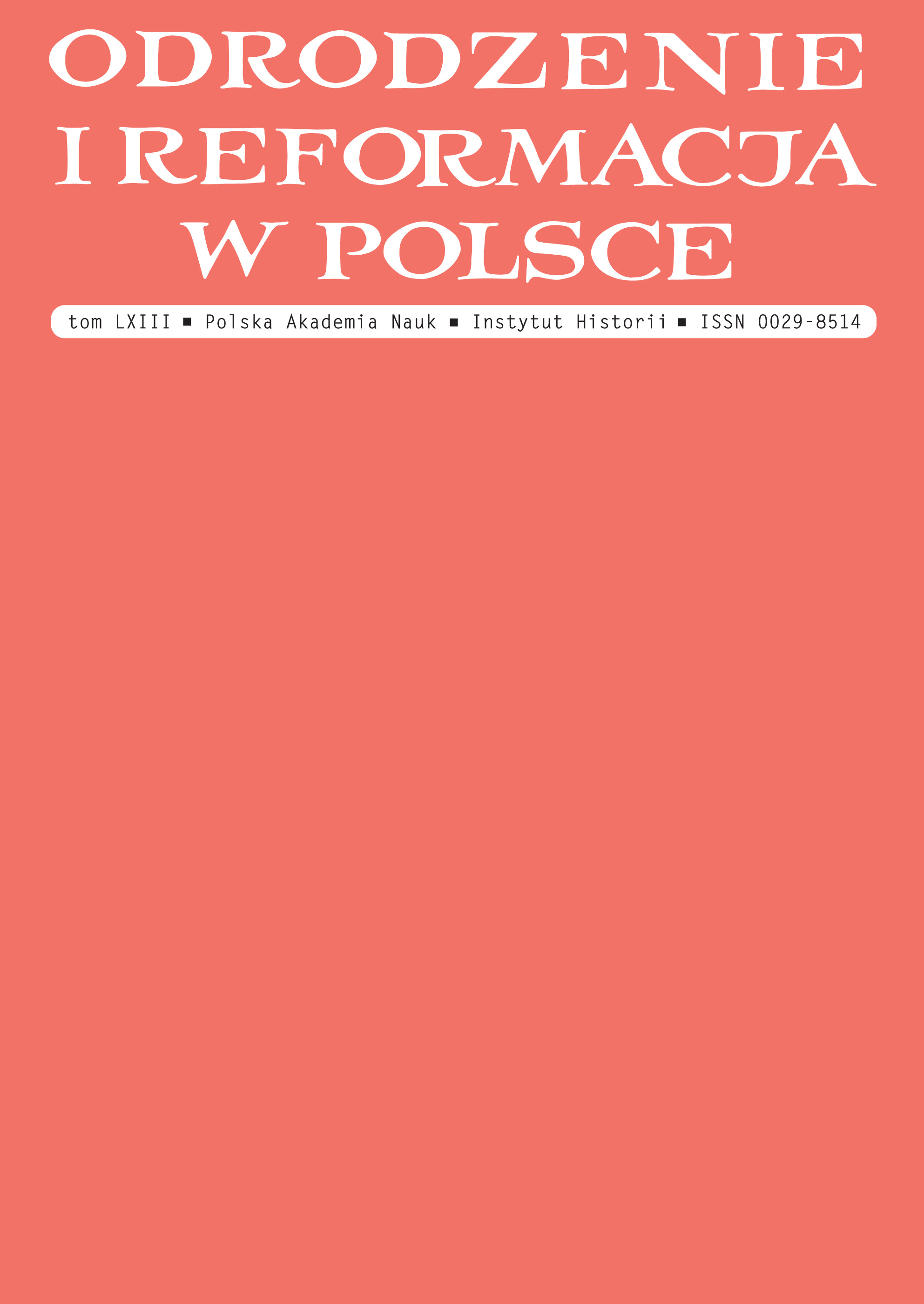

Reviews: Kaja Kaźmierska, Jarosław Pałka, Żołnierze ludowego Wojska Polskiego. Historie mówione, Wydawnictwo Uniwersytetu Łódzkiego, Łódź 2018, ss. 454. Reviewed by Michał Studniarek; Przemysław Gasztold, Towarzysze z betonu. Dogmatyzm w PZPR 1980–1990, Instytut Pamięci Narodowej. Komisja Ścigania Zbrodni przeciwko Narodowi Polskiemu, Warszawa 2019 (Monografi e, t. 135), ss. 830. Reviewed by Jerzy Eisler.
More...
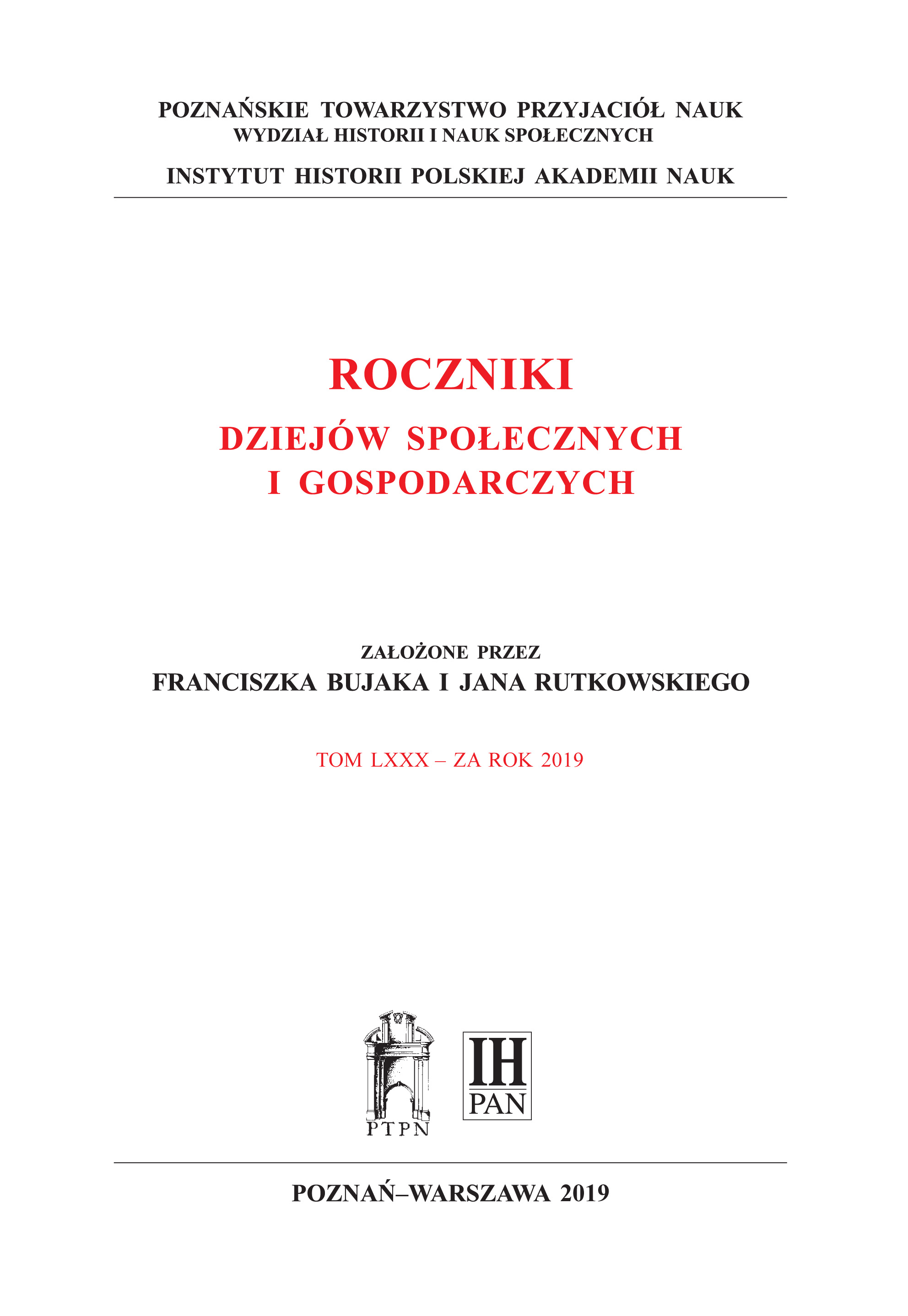

Zamieszczone poniżej studia stanowią jedne z pierwszych prób zmierzenia się z tematyką, która jest czymś nowym na gruncie polskiej historiografi i dziejów najnowszych. Chodzi o studia nad zwierzętami, a ściślej nad stosunkiem ludzi do zwierząt w kontekście historycznym.
More...
Reviews: Jak nie należy chwalić oświeceniowych Prus. Uwagi na marginesie książki Dariusza Łukasiewicza. Reviewed by Radosław Ponia; Ewa Horyń, Słownictwo z zakresu górnictwa solnego XVI–XVIII wieku na tle polszczyzny ogólnej, Wydawnictwo Naukowe Uniwersytetu Pedagogicznego, Kraków 2018, ss. 242. Reviewed by Jakub Pieczara; Bartosz Ogórek, Niezatarte piętno? Wpływ I wojny światowej na ludność miasta Krakowa, Towarzystwo Autorów i Wydawnictw Prac Naukowych „Universitas”, Kraków 2018, ss. 623, 171 wykresów, 59 tabel. Reviewed by Cezary Kuklo; Zofia Trębacz, Nie tylko Palestyna. Polskie plany emigracyjne wobec Żydów 1935–1939, Żydowski Instytut Historyczny im. Emanuela Ringelbluma, Warszawa 2018, ss. 385, il. Reviewed by Anna Landau; Paweł Grata, Czas przełomu. Polska polityka społeczna w latach 1944–1950, Wydawnictwo Uniwersytetu Rzeszowskiego, Rzeszów 2018, ss. 507. Reviewed by Janusz Żarnowski.
More...
Reports: Sprawozdanie z międzynarodowego seminarium naukowego „Behind the Iron Curtain”, Praga, 1–2 III 2019 r. (Damian Bębnowski); Sprawozdanie ze szkoły letniej „Środowisko – człowiek – gospodarka”, Białystok, 2–6 IX 2019 r. (Piotr Guzowski, Piotr Łozowski).
More...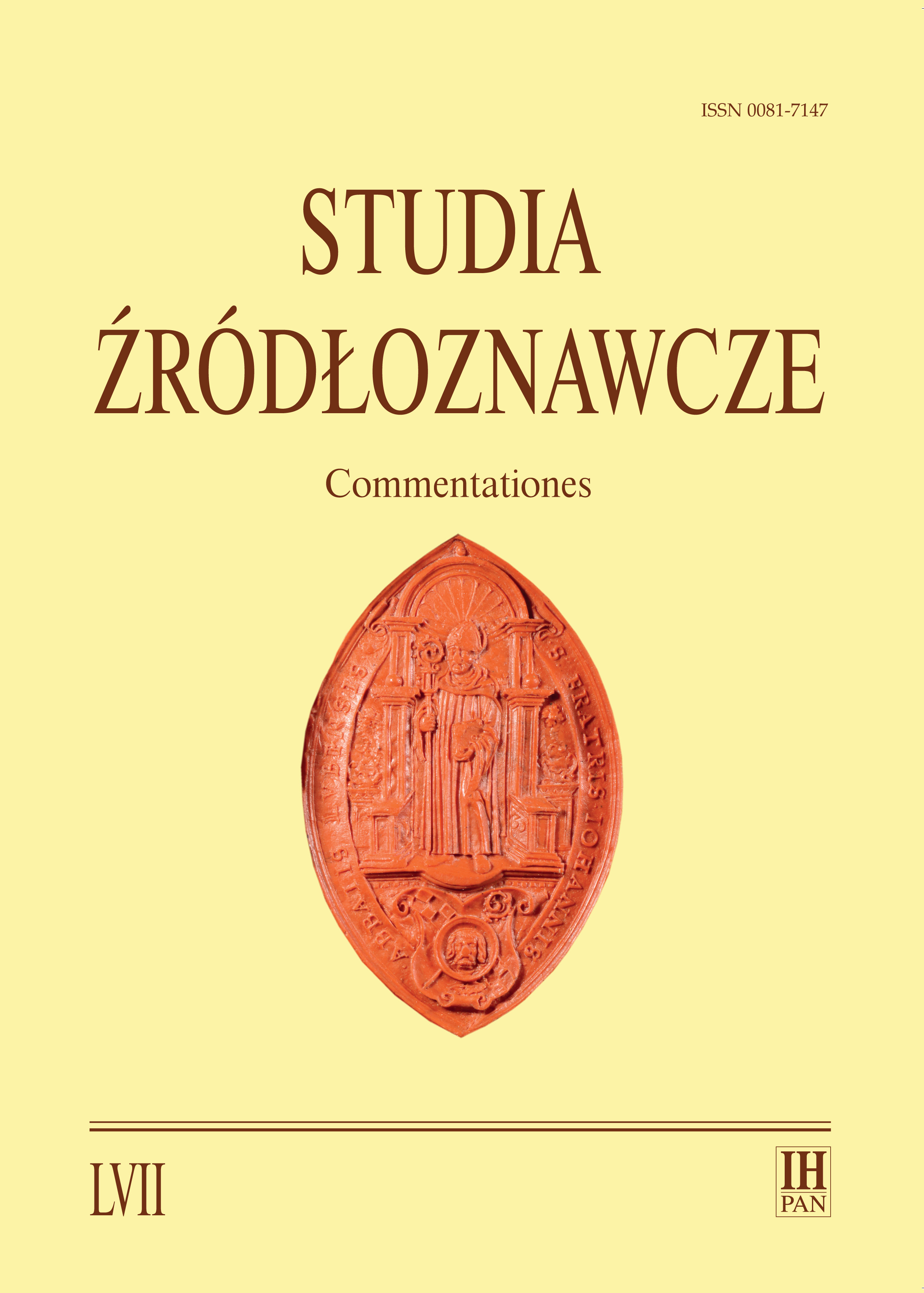
Reviews: Libri civitatis 1–3, 5–10. Reviewed by Eliška Švarná; Tereza Dlesková, Lubor Maloň, Pečetidla, pečeti, razítka a razidla ze sbírky Muzea Komenského v Přerově, Muzeum Komenského v Přerově, Přerov 2017, ss. 80, il. barwnych 228. Reviewed by Szymon Bauman; Katalog rękopisów średniowiecznych Biblioteki Uniwersyteckiej w Toruniu, oprac. Marta Czyżak, współpr. Monika Jakubek-Raczkowska, Arkadiusz Wagner, Wydawnictwo Naukowe Uniwersytetu Mikołaja Kopernika, Toruń 2016, ss. LVII + 462, il. 279. Reviewed by Elżbieta Knapek; Michał Tomaszek, Dzieje opatów Moyenmoutier. Święci i relikwie w narracji o historii klasztoru, Wydawnictwo Uniwersytetu Marii Curie-Skłodowskiej, [Lublin] 2017, ss. 323. Reviewed by Jerzy Pysiak; Michel Pastoureau, Le roi tué par un cochon. Une mort infâme aux origines des emblèmes de la France?, Éditions du Seuil, Paris 2015, ss. 256, il. 17. Reviewed by Karolina Morawska; Joanna Gorecka-Kalita, Pustelnik na czworakach. Żywot świętego Jana Paulusa. Studium legendy, Wydawnictwo Uniwersytetu Jagiellońskiego, Kraków 2017, ss. 264, il. 11. Reviewed by Jerzy Pysiak; Repertorium Germanicum, 10. Verzeichnis der in den Registern und Kameralakten Sixtusʼ IV. vorkommenden Personen, Kirchen und Orte des Deutschen Reiches, seiner Diözesen und Territorien 1471–1484, t. 1: Text, cz. 1–3, oprac. Ulrich Schwarz, Juliane Trede, Stefan Brüdermann, Thomas Bardelle, Kerstin Rahn, Hubert Höing, Michael Reimann, Sven Mahmens, t. 2: Indices, cz. 1–3, oprac. Sven Mahmens, Hubert Höing, Alexander Maul, Ludwig Schmugge, Jörg Voigt, De Gruyter, Berlin–Boston 2018, ss. XCVIII+2386 (tekst), XVI+2180 (indeksy); Repertorium Poenitentiariae Germanicum, 11. Verzeichnis der in den Supplikenregistern der Pönitentiarie Hadrians VI. vorkommenden Personen, Kirchen und Orte des Deutschen Reiches 1522–1523, oprac. Ludwig Schmugge, De Gruyter, Berlin–Boston 2018, ss. XXX+306. Reviewed by Marek Daniel Kowalski; Patrycja Wiencierz, Kodeks Baltazara Behema jako kopiariusz. Nowe dyskusje i nowe ustalenia, „Rocznik Krakowski”, 84, 2018, s. 7–32. Reviewed by Piotr Okniński; Epistulae et acta nuntiorum apostolicorum apud imperatorem, t. 1: Epistulae et acta Cesaris Speciani 1592–1598, cz. 1: Mai 1592–Dezember 1592, cz. 2: Januar 1593–Dezember 1593, cz. 3: Januar 1594–Dezember 1594, wyd. Alena Pazderová, Archivum Nationale, Pragae 2016, ss. 2074. Reviewed by Norbert Mika; Jacob Heinrich von Flemming, Mémoires concernant l’élection d’Auguste II pour roi de Pologne et les débuts de la guerre du Nord (1696–1702), wyd. Urszula Kosińska, tłum. Krystyna Zaleska [z franc.], Maria Gołębiewska-Bijak [z niem.], Prace Instytutu Historycznego UW, Wydawnictwo Neriton, Instytut Historyczny UW, Fundacja Lanckorońskich, Warszawa 2017, ss. 501; Janusz Antoni Wiśniowiecki, Ilias Polski (1700–1710), wyd. Przemysław Romaniuk, Jacek Burdowicz-Nowicki, Wydawnictwo Neriton, Fundacja Lanckorońskich, Warszawa 2018, ss. 329. Reviewed by Wojciech Kriegseisen; Entretiens du roi Stanislas-Auguste avec Otto Magnus von Stackelberg (1773– –1775), oprac. i koment. Dorota Dukwicz, Ewa Zielińska, Instytut Historii PAN, Warszawa 2017 [2018], ss. 258, 4 il. Reviewed by Urszula Kosińska; Senųjų Lietuvos Didžiosios Kunigaikštystės kelių aprašymai, oprac. Algirdas Antanas Baliulis, Tomas Čelkis, Vilniaus Universiteto Leidykla, Vilnius 2018, ss. 432. Reviewed by Jan Bulak.
More...

Zacznę od stwierdzenia, że tekstu Rūty Čapaitė, który został opublikowany w dziale „Artykuły recenzyjne i recenzje” czasopisma „Studia Źródłoznawcze. Commentationes” (t. 56, 2018, s. 236–240) i zawiera negatywną ocenę mojej książki Документальная писменность Великого Княжества Литовского (конец XIV – первая треть XVI в.) (Мінск 2015), w ogóle nie mogę nazwać recenzją. I jeśli będę używać słowa „recenzja” w odniesieniu do tego tekstu, to tylko warunkowo – dla wygody odwoływania się do niego. Mam ku temu ważkie dowody.
More...
W odpowiedzi na zgłoszone przez Aliaksandra Hruszę uwagi do mojej recenzji jego książki (St. Źródł., 56, 2018, s. 236– –240) chciałabym zauważyć, że recenzja nie jest ściśle określonym gatunkiem. Recenzent jest zatem wolny w wyborze tego czy innego aspektu omówienia dzieła. Wskazałam na to w recenzji.
More...